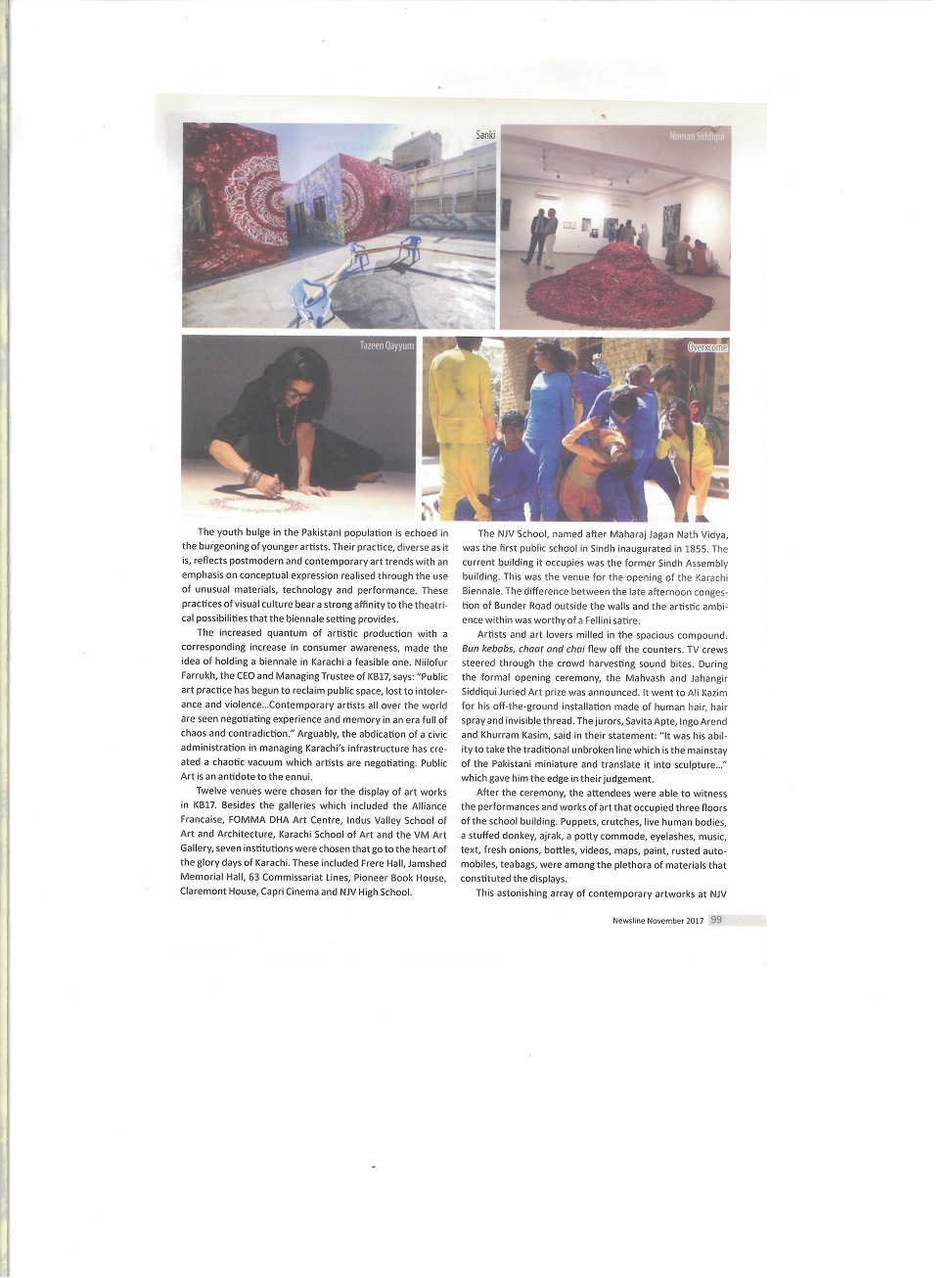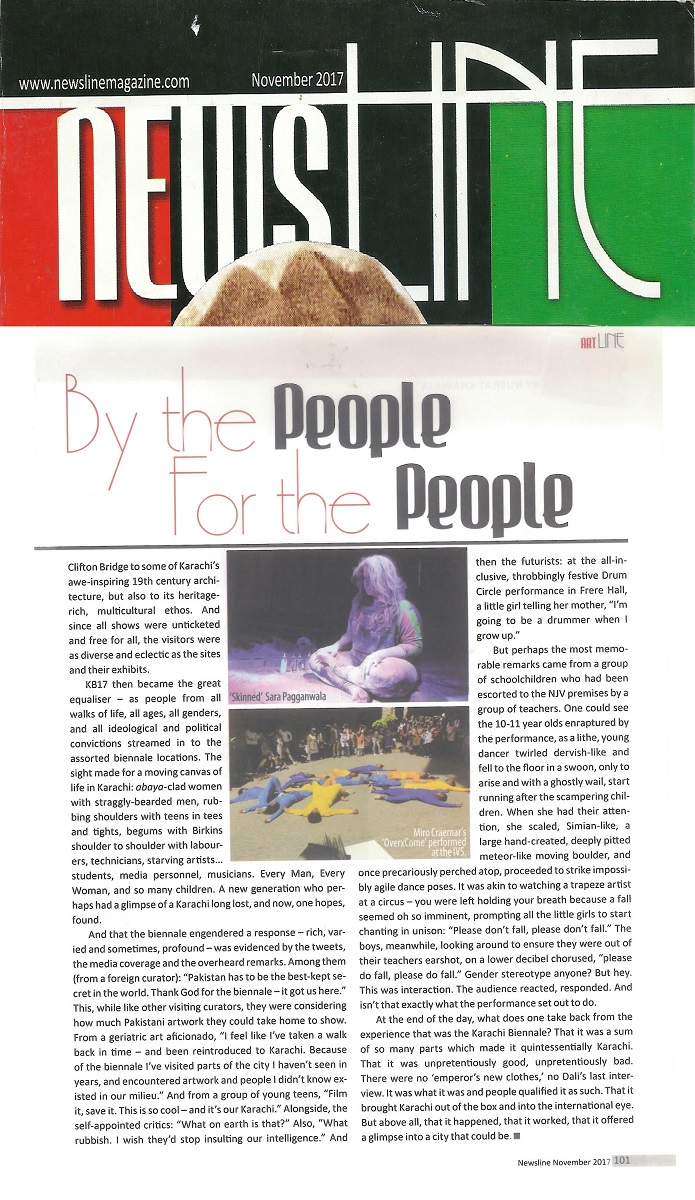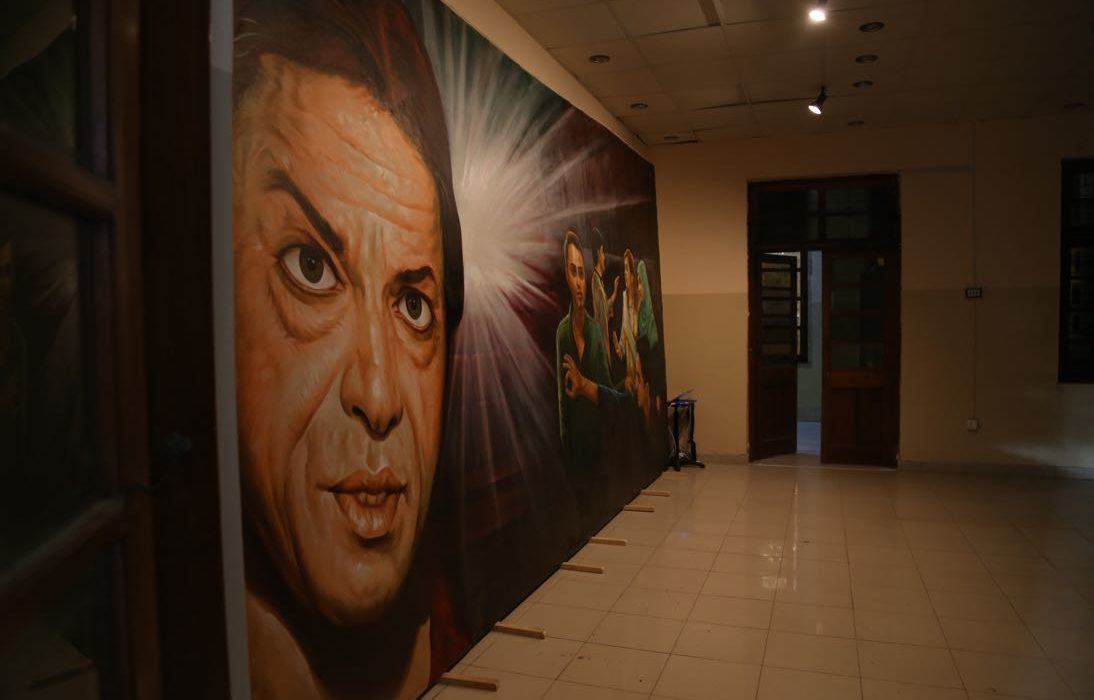A Collective Dream: One Night Stand/Coup d’un soir by John McCarry
On May 13, 2019, Amin Gulgee curated an exhibition of performance art featuring 32 international artists at the Cité internationale des arts in the Marais district of Paris. This was part of his two-month residency at the venerable art institution, established in 1965, with one campus in the Marais and the other in Montmartre. Some of the artists were fellow residents at the Cité internationale des arts, while others were people Amin had met during his regular visits to Paris over the past decade.
Amin, of course, is no stranger to performance art. Over the past two decades, he has presented his own performance works in Karachi, Lahore, Dubai, Kula Lumpur, Nagoya, London and Rome. He has also curated and co-curated performance at his own noncommercial space in Karachi and included a strong performance element in the Karachi Biennale 2017, of which he was Chief Curator as well as in “The Quantuam City: Territory/Space/Place,” which he co-curated with Zarmeene Shah and Sara Pagganwala for the International Public Art Festival in Karachi in March 2019.
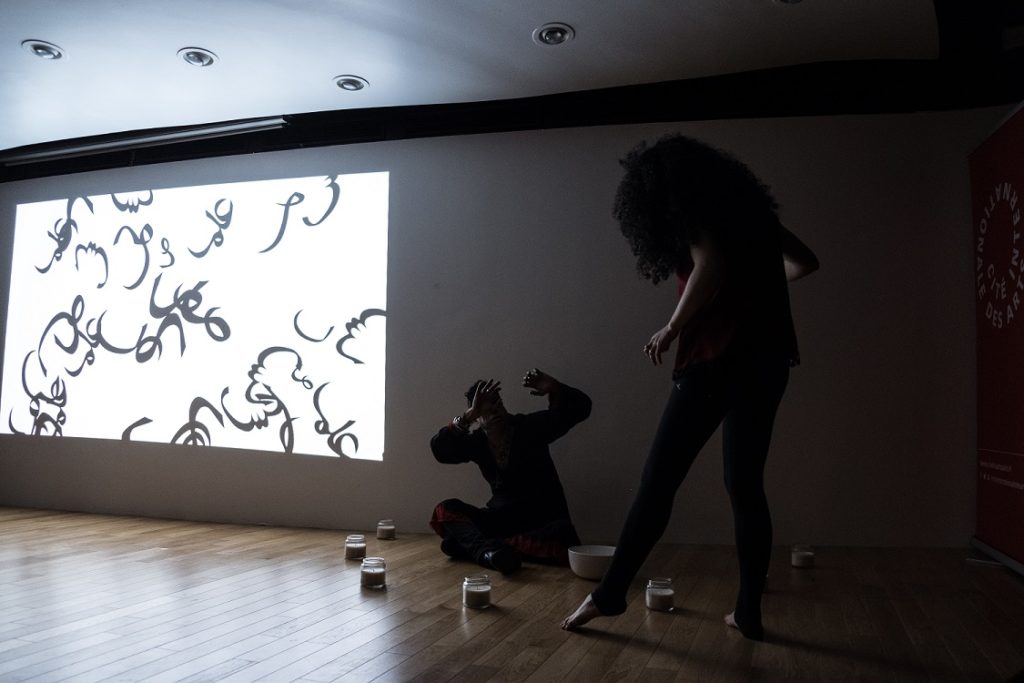
Amin’s group exhibition of performance in Paris was his first major curatorial effort outside of Pakistan. Amin titled the exhibition “One Night Stand/Coup d’un Soir” in a nod to “Riwhyti: One Night Stand,” which he had curated at his own gallery in 2013, in which over 20 Karachi-based artists simultaneously enacted performance works over the course of a single evening. For the Paris exhibition, as in most of Amin’s curatorial projects, the approach was multidisciplinary. The artists he invited to participate included not just those who dedicate their practice to performance but also photographers, painters, sculptors, actors, musicians, fashion designers and writers. Some who performed had no direct relation to the world of art. Yohan Kim, a native of South Korea who owns a pastry shop in the 18tharrondissement of Paris called Monsieur Caramel, made caramel in a Proustian attempt to trigger memory through taste/smell. Similarly, Benjamin Daman, a student of philosophy at the Sorbonne, ground spices with a mortar and pestle, taking him back to his childhood on the French island of Réunion in the Indian Ocean. Saad Zeroual, a Frenchman of Algerian descent who works as a security guard at Amin’s favorite café in the Marais, agreed to perform a work he called Le physionomiste, in which he moved through the milling crowd of the show studying their faces. Just as in his Karachi exhibitions, the idea was to get people at large—both as participants as well as those who came to watch them—to not only engage with performance art, but to briefly enter a collective consciousness.
The show, which took place over the course of 70 minutes, began at the main entrance of the Cité internationale des arts on the rue de l’Hôtel de Ville, facing the Seine, and led to its auditorium and back again. Walking through the gates the visitor was greeted by electronic sound that the Saudi musician Muhanned E. Nassar played from the courtyard. The British artist Stephen Sheehan stood on a ledge facing the gate, recreating a work called We Are Giants Standing on Mountains that he had performed at the Tate Modern in London in which he urinated inside his jeans for an hour. Moving inside, two performative videos played. In one, called What Is He Doing Here? the Indian artist Baptist Coelho, dressed in army khakis, marched through a London park. In the other, called Set Free, the Finnish artist Salla Myllylä painted in white on windowpanes in a dialogue with the landscape she viewed through them. Juxtaposed with the videos, the French singer and composer André Fernandez, wearing a red kerchief over his eyes, improvised lyrics for his work Pentacost/Glossalalia. Nearby the Lebanese actor Raymond Hosny wore and spoke to a bronze mask titled Pain that Amin had made in the 1990s. Positioned behind a nearby staircase, Yohan Kim made his caramels while opposite him Tatyana Jinto Rutherston, who is of mixed Japanese and English parentage, kneeled and repeatedly wrote the word “token” on pieces of paper while dressed as a Japanese schoolgirl.
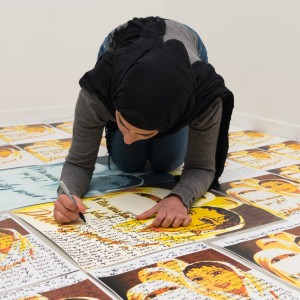
Climbing down the staircase, the audience jostled with performers, some stationary, others moving along a narrow corridor that led to an auditorium. Florencio Botas Verdes, an artist from Venezuela, sonorously blew into a conch shell before an installation of Christian and personal imagery. The Colombian artist, Chéo Cruz, his seemingly nude body covered in yellow and black paint, stood in a circle of wire mesh rimmed with fairy lights and turmeric performing a shamanistic dance. The Pakistani artist Amber Arifeen, wearing a hijab, knelt upon an installation of posters from 1950s French-controlled Algeria, urging women to take off the veil, while she scribbled, over and over again, on the reproduced posters, “Dévoilez,” (sic) or, Unveil Yourself. Next to her the Paris-based Pakistani artist Abi Tariq, his back to the passing crowd, intoned into a sampler for his work Hexentanz II, referencing the original work, choreographed by Mary Wigman circa 1914.
Opposite him, the French artist Alex Ayivi sat behind a desk piled high with a currency that he had created and called the MUA (Monnaie Unique Africaine), “a utopian device,” in his words, that he imagines as an alternative to the CFA franc, a currency whose origins date to colonial days that is still in circulation in many parts of Africa. He signed and gave away his handmade banknotes because, as he said, “I have too many.” Nearby, in a similar gesture of magnanimity, the Brazilian artist Otiniel Lins, covered head to foot in roses, plucked petals from himself and distributed them to the audience, “as a part of me, of my memories…fragile scales of my own skin, blood, tears,” he stated. Roses also appeared in the British artist Amy Kingsmill’s work, Fairy Tale, which she had previously performed at the Karachi Biennale 2017, in which she bled over a bouquet of white roses.
The French writer and filmmaker Laurence Hugues read from the recently unearthed diaries of a woman who had been her neighbor during the artist’s childhood in a village in Forez, a former province of France that is now part of the Loire department. Pas vu Maurice, chroniques de l’infraordinaire, a text based on the diaries, including photographs by Claude Benoit à la Guillaume, will be published by Creaphis Éditions in July 2019. Just around the corner from where Hugues sat reading the original diaries, the Paris-based American James Carlson photographed visitors’ eyes for an ongoing project he calls Eyes of Gaia. For this, he proposes to create a mosaic of the planet Earth from the reliefs and contrasts of 10,000 human irises. Situated next to him was a performance/installation by the Mauritian Nirveda Alleck, called Insular Variations III, in which the artist enacted, in her words, “an imagined ritual around a fictional landmass.” Next to her, the Egyptian artist Therese Antoine Louis obsessively taped together small cardboard boxes for a work she called Repetitive Forms while, at the entrance of the auditorium, the Berlin-based Australian artist Honi Ryan presented LISTEN in, an installation where participants were invited, two at a time, to sit side by side and listen to one another’s heartbeats through a stethoscope for a minimum of four minutes.
Entering the darkened auditorium, the visitor came upon Guillaume Pecquet, a Parisian computer programmer, lying crosswise upon its seats watching videos from YouTube depicting aerial bombing over Syria. On the stage, the Brazilian composer Mateus Araujo improvised his own arrangements on a piano while, accompanying him, the Iranian musician Aida Nosrat moved about the stage, singing incomprehensible phrases in a style influenced by her classical Persian training. Also on the stage, Amin Gulgee performed his own work, Ablution. For this, he sat before a ring of unlit white candles and pantomimed washing his face from an empty white bowl. Behind him, a projection of his algorithm/computer program 7 randomly rearranged elements of Arabic text.
Other performers were itinerant. Some encroached upon the stage, including the Iranian Hura Mirshekari, who confronted the audience and other performers with multiple masks created by her sculptor husband Mehdi Yamohammadi for their work Changing the Face. Tijana Todovic, a native of Montenegro, who is writing her Ph.D. thesis for the University of Ljubljana on clothes as visual symbols in the contemporary arts and practices of the former Yugoslavia, wore a coat that she had made of compressed wool that onlookers could stitch upon with red thread for an interactive word she called Omnia Mea Mecum Porto (My Body is My House I Am My Home.) Thierry Lo Shung Line, who grew up on the island of Réunion, performed objects, including a Buddha, a Ganesh, a cross, a compass, feathers and a crystal, attached to himself, also with red thread, while Paris-based journalist Eliane Volang distributed cakes that she had baked for a work called Epices and Love. Omar Didi, an LGBT activist from Tunisia who is pursuing his Master’s degree in International Studies at the Sorbonne, engaged random members of the audience in conversation in an attempt to make them question and deconstruct stereotypes in a piece he called One Sentence to Love Like Thunder. And the Congolese sculptor/performance artist Precy Numbi presented his work Kimabalambala, whose title borrows a Lingala word that refers to old cars exported to Africa from Europe. Numbi created a 23-kilo suit made of scrap metal and plastic from the carcases of these cars, which he wore as he ambled, robot-like, throughout the exhibition space in a political and ecological commentary.
Although the last of the performances unfolded in the auditorium, there was no ultimate destination in One Night Stand/Coup d’un soir. The viewer had to traverse, then re-traverse, the same constrained terrain upon which he/she had arrived, requiring him/her to make intuitive connections about the works on view. Sound changed as one journeyed back and forth through the exhibition, from Muhanned N. Naseer’s electronic beats in the courtyard, to André Fernandez’s fervent refrains in the reception area, to Florencio Botas Verdes’ soulful plaints at the foot of the stairwell, to Abi Tariq’s transmogrified voice in the corridor, to Aida Nosrat’s mysterious vocals projected from the stage of the auditorium. Smell/taste as a trigger for memory was also present throughout the exhibition, from Yohan Kim’s making of caramels, to Benjamin Daman’s mixing of spices, to Eliane Volang’s distribution of cakes that she had baked. Many performers enacted rituals, both personal and spiritual, including Chéo Cruz’s shamanistic movements, Otiniel Lins’ giving away of the flowers that he wore, Thierry Lo Shung Line’s performing of personalized talismans, Nivreda Alkleck’s interaction with the island-like installation that she had created, and Amy Kingsmill bleeding upon a bouquet of roses. Political concerns also emerged, especially those dealing with legacies of colonialism: Amber Arifeen commented upon a French colonial preoccupation with women unveiling themselves, while Alex Ayivi’s creation then dispersion of his own currency addressed legacies of Northern monetary control over the South, while Percy Numbi’s mutant robot spoke of Africa as a dumping ground for Europe’s unwanted cars.
Amin, as curator, wished the happening to be an immersive one. Sight, hearing, touch, smell and taste were all called upon to comprehend the totality of his intent, which was to invite both the performers and the audience into a collective dreamlike state. For this exhibition of group performance in Paris, as for those he has curated in Karachi, Amin referenced a quote by Yoko Ono: “A dream you dream alone is only a dream. A dream you dream together is a reality.”
Author: John McCarry
Source: Art Now Pakistan

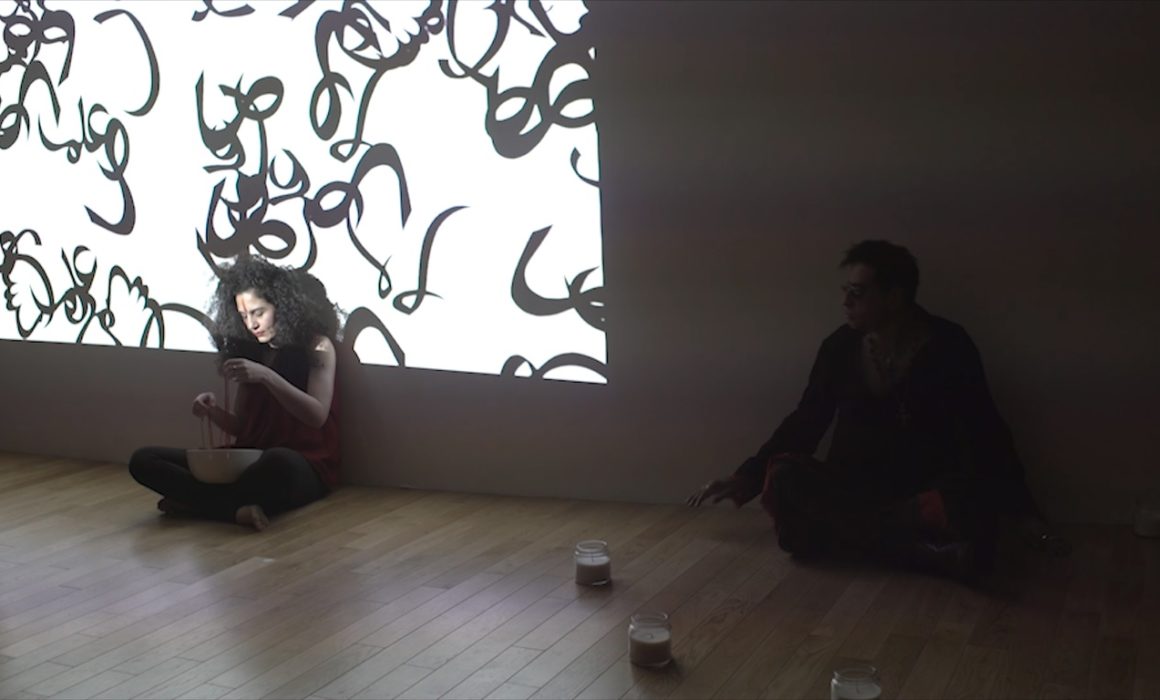
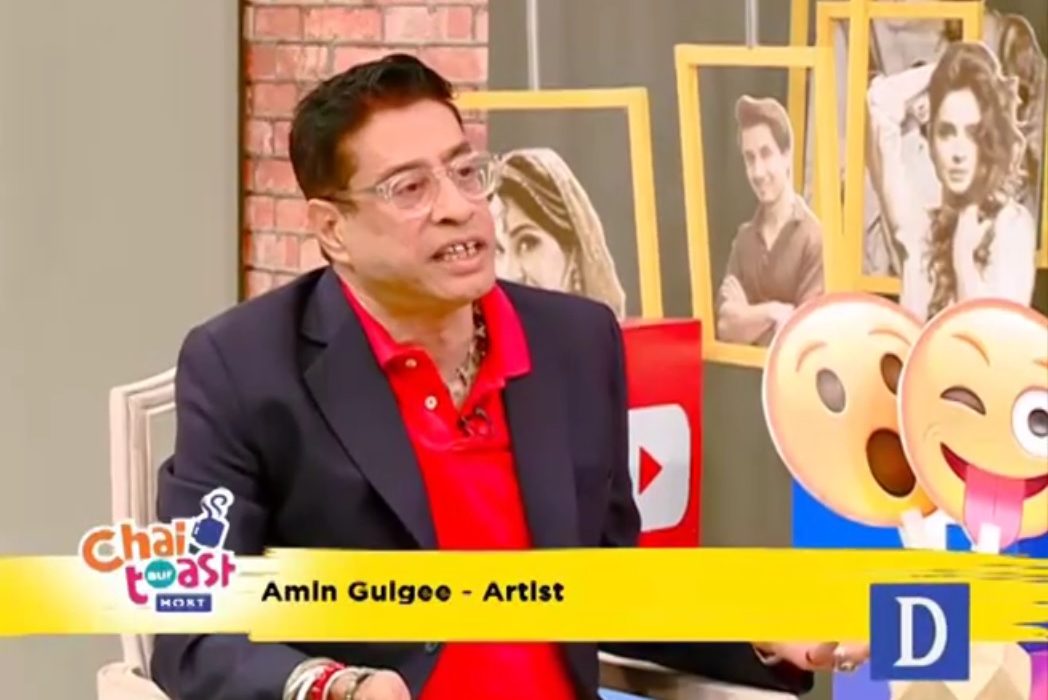
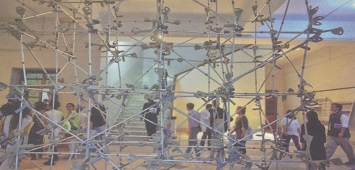

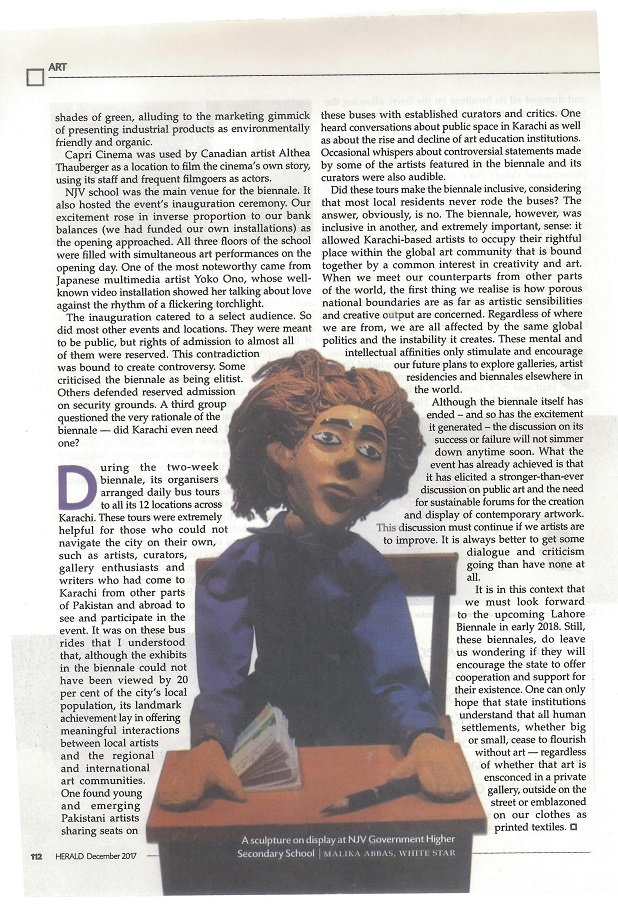
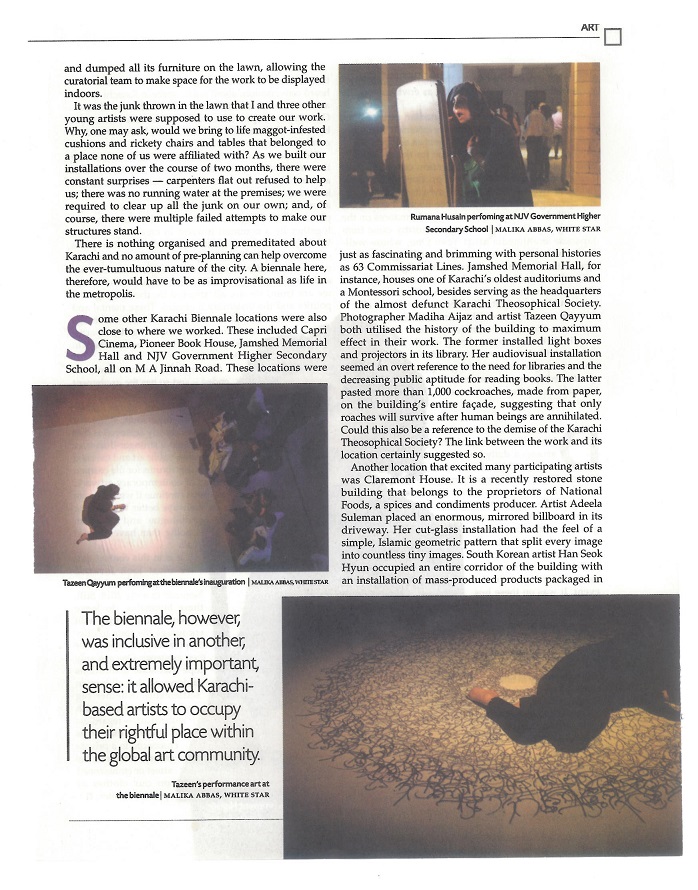
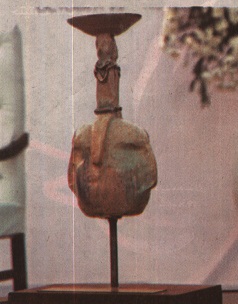


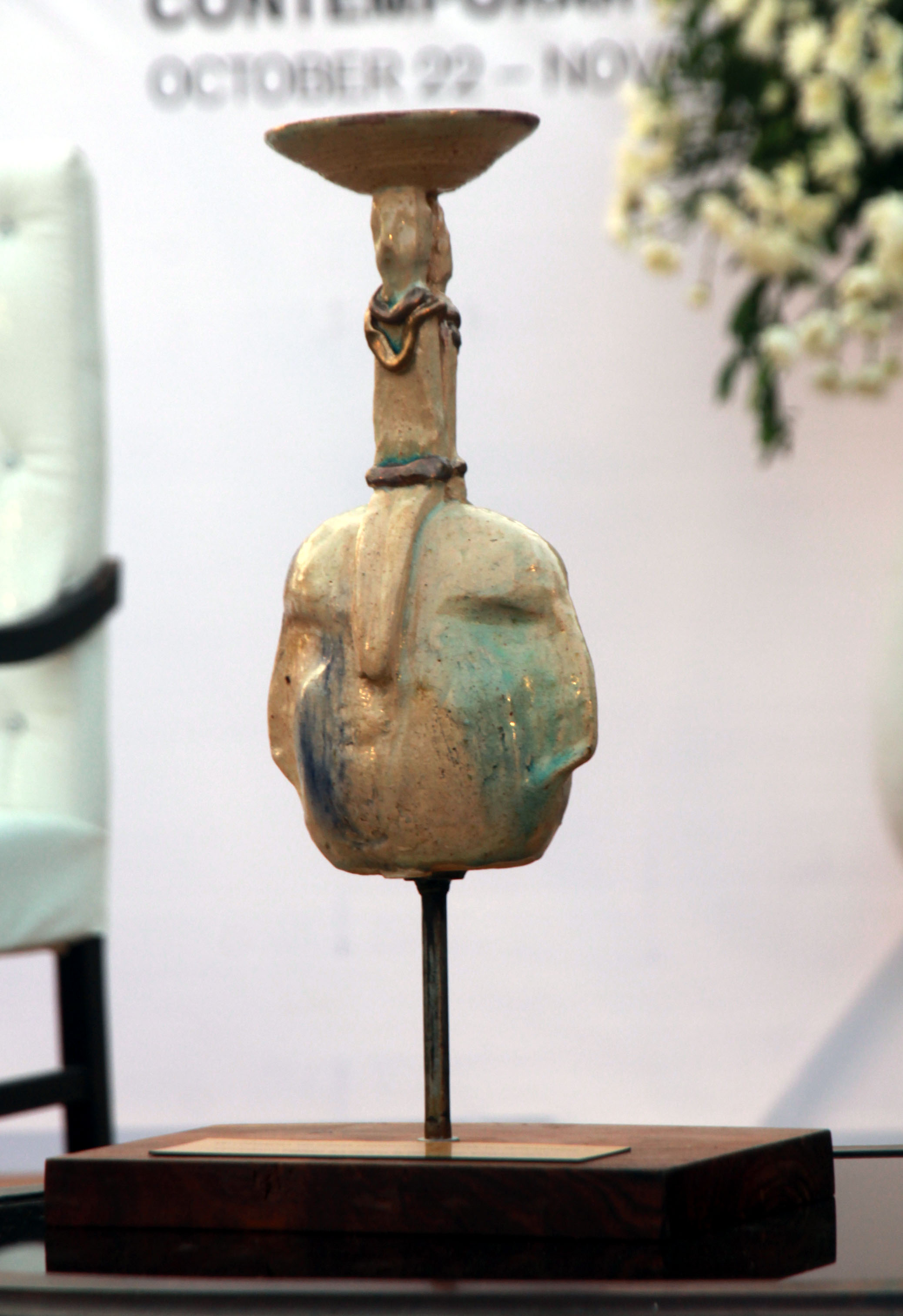
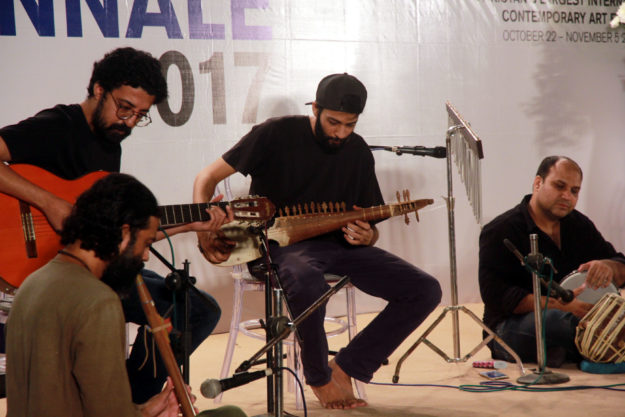
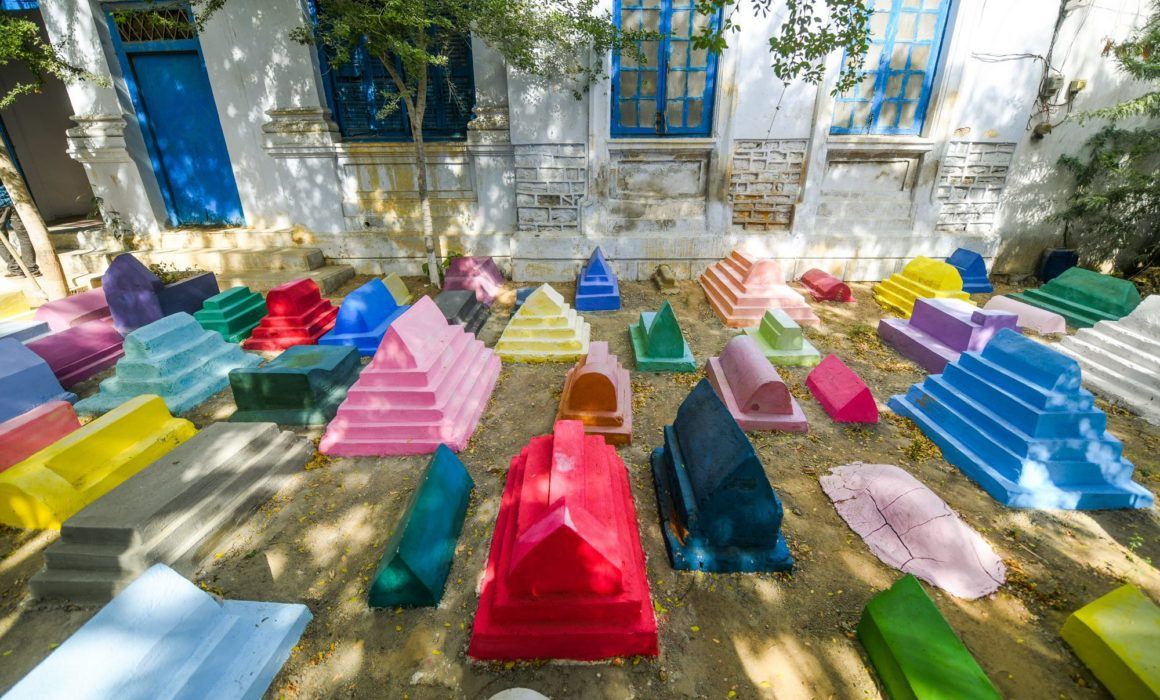


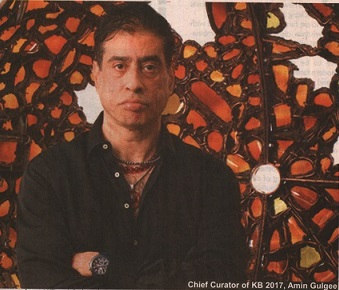
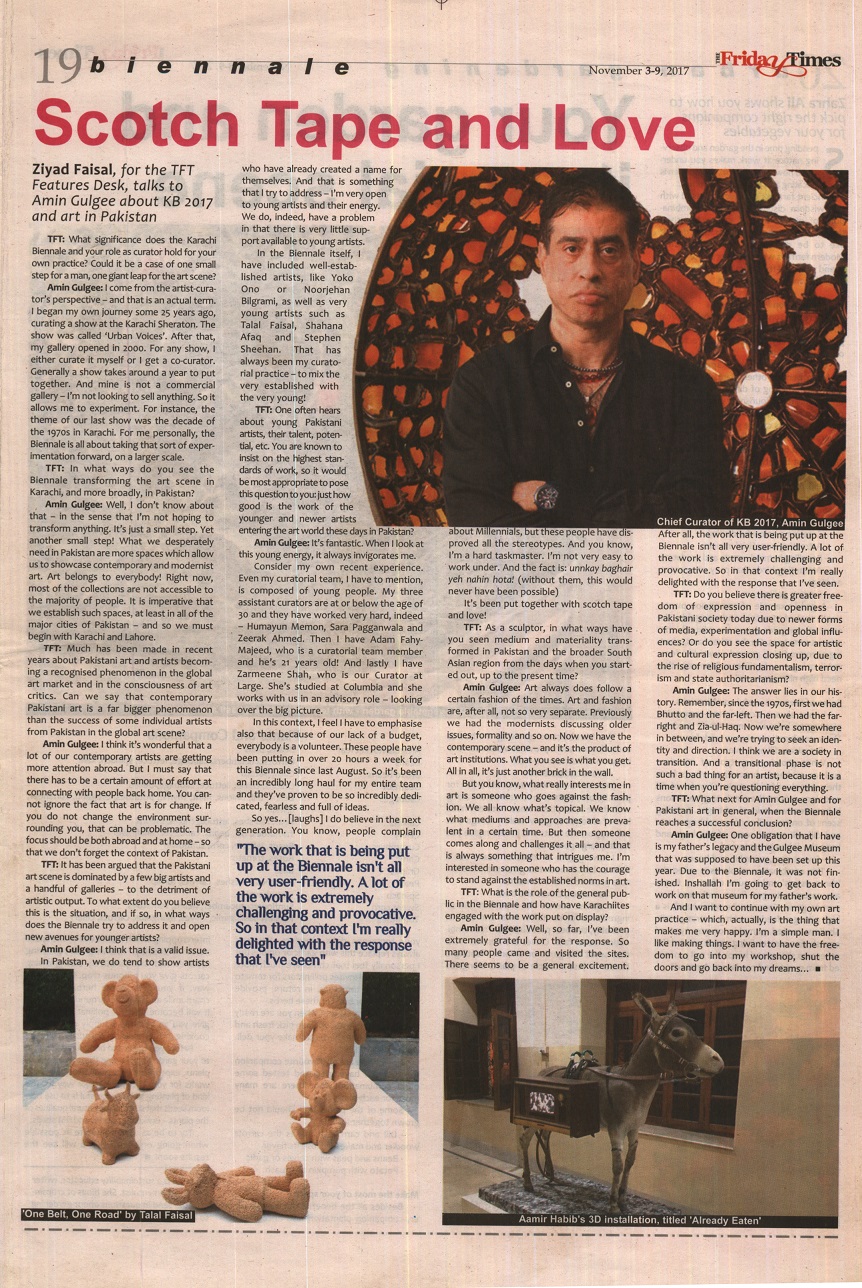
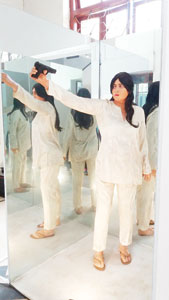
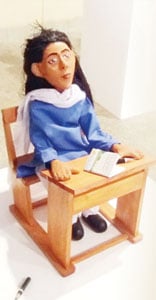
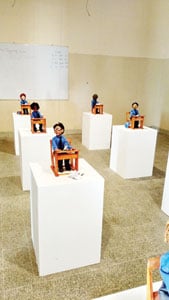
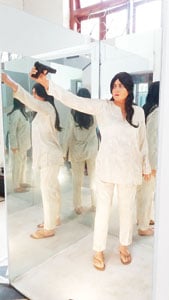 the world.
the world.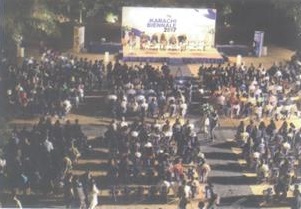
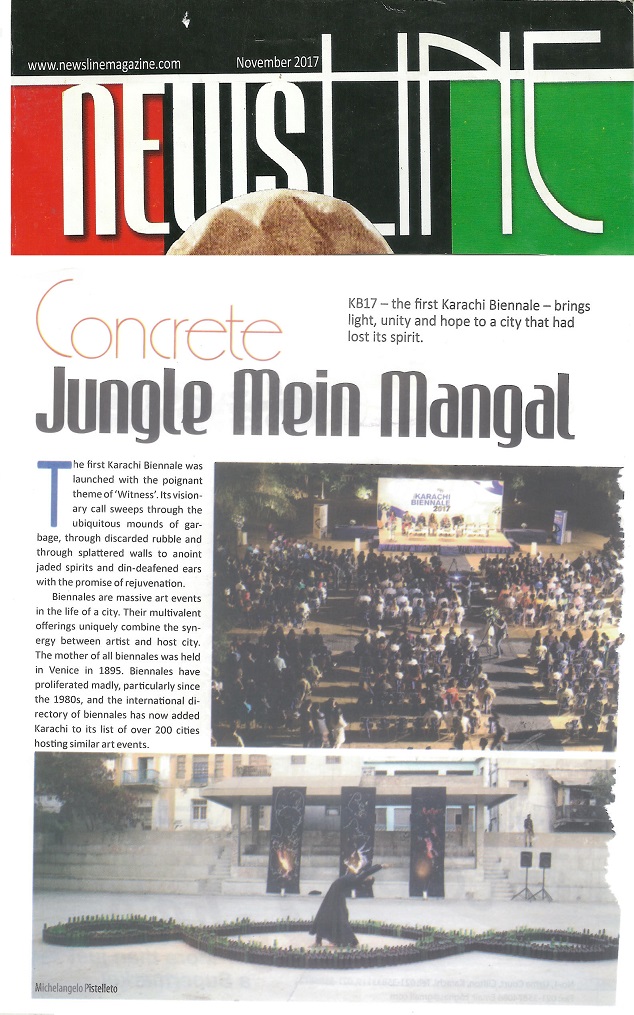 View:
View: 